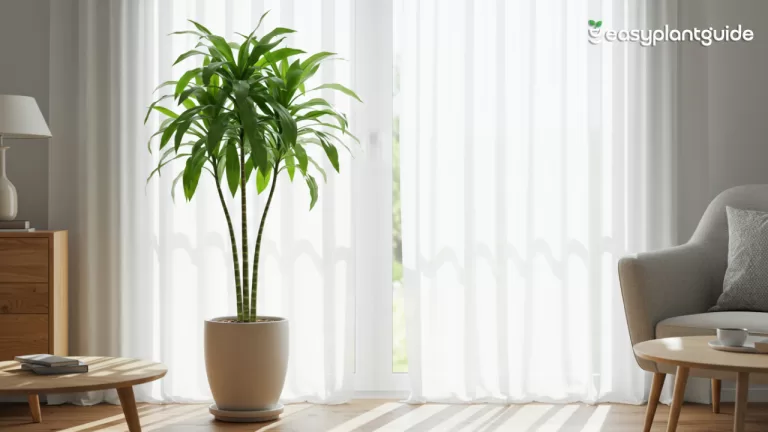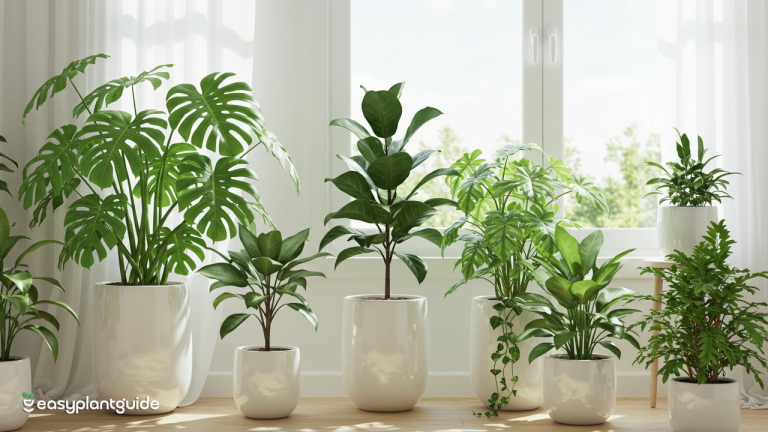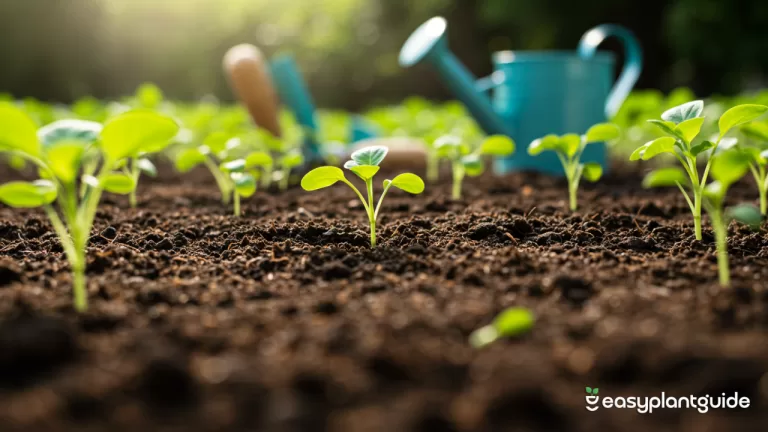Irresistible Kentia Plant Guide 2025
Are you looking to add a touch of tropical elegance to your home? The Kentia plant, also known as Howea forsteriana, is your perfect companion. This indoor palm is not just beautiful—it’s resilient, low-maintenance, and adds a fresh vibe to any space. Let’s dive deep into everything you need to know about caring for your Kentia plant in 2025.

What is a Kentia Plant?
The Kentia plant, scientifically known as Howea forsteriana, is a stunning type of palm native exclusively to Lord Howe Island, a small, subtropical island in Australia. This palm has captured the hearts of indoor plant enthusiasts worldwide because of its graceful, arching fronds that cascade elegantly, giving any space a tropical, serene vibe. What makes the Kentia plant particularly special is its ability to thrive indoors with minimal care. Unlike many other tropical palms that demand constant sunlight, high humidity, or careful watering schedules, the Kentia plant is remarkably forgiving, tolerating low-light conditions and occasional neglect.
Why Kentia Plant is a Must-Have
- Adds elegance to any room
- Cleans the air naturally
- Survives in low-light conditions
- Requires minimal watering
- Suitable for offices and apartments
Seriously, who wouldn’t want a plant that’s both pretty and easy to manage?
Ideal Location for Kentia Plant

Placement is key to keeping your Kentia plant healthy and thriving. While it’s a low-maintenance indoor palm, giving it the right environment can make all the difference. The Kentia plant prefers bright, indirect sunlight—think of it like sitting under a shady tree on a sunny day. Direct sunlight can scorch its delicate fronds, causing brown tips and damage. At the same time, it should be kept away from cold drafts, air conditioners, or heaters, as sudden temperature changes can stress the plant and stunt its growth.
Kentia Plant Care Guide
1. Watering Tips
Caring for a Kentia plant starts with proper watering. You should water it only when the top two inches of soil feel dry. Overwatering can easily lead to root rot, which is one of the most common problems with indoor palms. Make sure your pot has drainage holes so that excess water can escape, keeping the roots healthy. For added care, occasional misting or a nearby humidifier can help, especially in dry indoor environments.
2. Light Requirements
Kentia palms thrive in bright, indirect sunlight. Placing your plant near a window with filtered light provides the ideal conditions for growth. While Kentias can tolerate low-light environments, direct sunlight should be avoided as it can burn the leaves, causing brown tips or patches. Rotating the plant occasionally ensures that all sides receive light evenly, helping it grow symmetrically and beautifully.
3. Soil & Potting
Using the right soil is crucial for your Kentia plant’s health. Well-draining soil, such as a mixture of potting soil, sand, and perlite, prevents water from pooling around the roots and reduces the risk of rot. Repotting every two to three years into a slightly larger container encourages healthy root growth, while avoiding oversized pots that hold too much moisture. A thin layer of mulch or decorative pebbles on top can also help retain soil moisture without compacting it.
4. Additional Tips for Healthy Growth
To keep your Kentia plant thriving, fertilize it with a balanced, water-soluble fertilizer once a month during the growing season, and reduce feeding in fall and winter. Prune yellow or damaged fronds to encourage new growth and maintain a tidy appearance. Kentia palms are generally hardy, but it’s good to check occasionally for pests like spider mites or scale insects. Wiping the leaves with a damp cloth or using insecticidal soap can help manage these issues. Maintaining indoor temperatures between 65–80°F (18–27°C) ensures your plant stays comfortable and grows steadily.
Fertilizing Your Kentia Plant
Feeding your Kentia plant keeps it healthy and vibrant:
- Use a balanced liquid fertilizer every 4-6 weeks
- Reduce feeding in winter months
- Avoid over-fertilizing to prevent leaf burn
- Opt for slow-release fertilizer in pots
- Supplement with organic compost if needed
Common Kentia Plant Problems
Even the hardiest plants face issues sometimes. Watch for these signs:
- Yellowing leaves: could be overwatering
- Brown tips: low humidity or too much fertilizer
- Slow growth: insufficient light
- Leaf curling: draft or temperature stress
- Pests: spider mites or scale insects
Kentia Plant Propagation
If you’re looking to expand your indoor garden with more Kentia palms, propagation is possible, but it requires patience and careful attention, as it is not the fastest process. The most reliable method of propagating Kentia palms is through seeds, though germination can take several months. To start, choose fresh, healthy seeds and plant them in a warm, moist, and well-draining soil mix.
Kentia Plant Benefits
This plant isn’t just for looks; it has real benefits:
- Air purification: removes toxins
- Stress relief: green spaces calm the mind
- Decor enhancer: adds tropical elegance
- Low maintenance: perfect for busy people
- Versatile: fits in any room style
Kentia Plant vs Other Indoor Palms
| Feature | Kentia Plant | Parlor Palm | Areca Palm |
| Light Requirement | Low to medium | Low | Medium to bright |
| Watering | Moderate | Moderate | Frequent |
| Growth Rate | Slow | Slow | Fast |
| Leaf Appearance | Long, arching | Compact | Feathered |
| Indoor Suitability | High | High | Medium |
Tips to Keep Kentia Plant Thriving
Keep your Kentia plant happy by maintaining consistent care:
- Dust leaves regularly
- Mist occasionally in dry rooms
- Rotate for even sunlight
- Check soil moisture weekly
- Avoid sudden temperature changes
Kentia Plant Pairings for Home Decor
The Kentia plant is not just a low-maintenance indoor palm—it’s also a stunning addition to your home décor, effortlessly enhancing the ambiance of any room. Its graceful, arching fronds complement a variety of interior styles, from modern minimalism to cozy, natural spaces. To create a visually appealing setup, pair your Kentia with neutral-toned furniture, which allows its rich green leaves to stand out as a focal point. You can also layer it with smaller succulents, decorative pots, or hanging plants to add depth and variety to your indoor garden.
Seasonal Care Tips
- Spring/Summer: increase watering slightly, feed monthly
- Fall: reduce water, trim dead leaves
- Winter: water sparingly, keep away from cold drafts
How to Revive a Struggling Kentia Plant
To keep your Kentia plant healthy, it’s important to regularly monitor for signs of stress and take corrective action when needed. If the leaves are turning yellow or brown, it may indicate overwatering, compacted soil, or insufficient light. Start by checking the roots for rot—healthy roots should be firm and white, while dark or mushy roots signal a problem. Adjust the plant’s light exposure if it’s not receiving enough indirect sunlight, and trim any yellow or brown leaves to encourage new growth and maintain a tidy appearance.
Fun Facts About Kentia Plant
- Named after Lord Howe Island’s Kentia region
- Can live over 50 years indoors
- Featured in many luxury hotels and offices
- Slow-growing but long-lasting
- Popular in both modern and traditional interiors
Conclusion
The Kentia plant is truly a remarkable addition to any indoor space, offering both elegance and practicality. Its graceful, arching fronds bring a sense of calm and sophistication, while its low-maintenance nature makes it ideal for beginners and seasoned plant parents alike. Beyond its aesthetic appeal, the Kentia palm also helps purify indoor air, contributing to a healthier, more refreshing environment.
Whether placed in a bright corner of your living room, an office, or even a cozy bedroom, this versatile palm adds a touch of tropical beauty wherever it stands. With its perfect combination of style, resilience, and ease of care, the Kentia plant is more than just décor—it’s a living statement piece. Bring one home today and let it transform your space into a serene, tropical oasis that delights both the eyes and the soul.
You can also check Amazing plants to explore more greenery that thrives indoors with style and ease.







